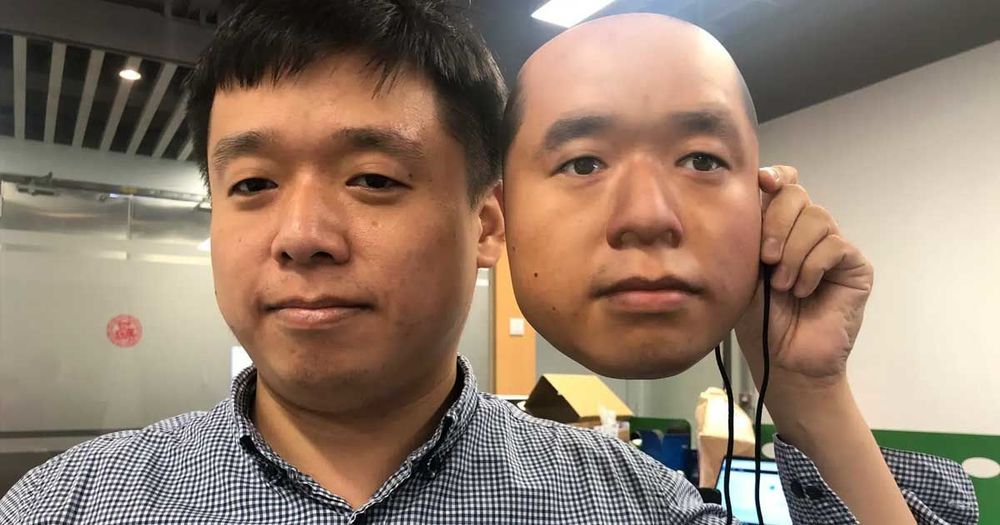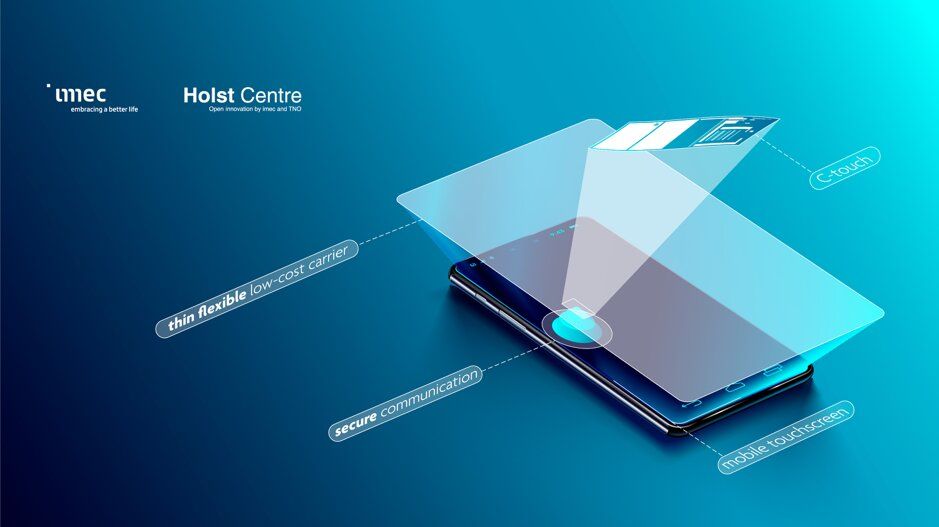Page 5433
Jan 19, 2020
Researchers Build the World’s Smallest Particle Accelerator
Posted by Paul Battista in category: particle physics
Jan 19, 2020
SpaceX blew up a Falcon 9 rocket as Crew Dragon made a daring mid-air escape
Posted by Michael Lance in category: space travel
Cheers, SpaceX 👏
NASA’s Commercial Crew Program can celebrate a big step toward launching astronauts from US soil.
Jan 19, 2020
The Elderly in Japan are Using Exoskeletons to Delay Retirement
Posted by Shane Hinshaw in category: cyborgs
In response, a number of Japanese tech companies are building exoskeleton suits to give the elderly a leg — or arm — up. One such company, Innophys, developed a backpack-like suit that can be ‘charged’ by squeezing a hand pump 30 times to fill pressurized air-powered “muscles.”
The suit can allow people to lift up to 55 pounds, costs the equivalent of about $1,300.
“One client is a family-owned company which makes and sells pickled radish and uses heavy weights in the process of production,” Innophys spokesperson Daigo Orihara told New Scientist. “The father is in his 70s and was supposed to retire but is still working with our muscle suit.”
Jan 19, 2020
Google, Bing and Operation Mockingbird: The CIA and Search-Engine Results
Posted by Brent Ellman in categories: economics, military, policy
In 1948 Frank Wisner was appointed director of the Office of Special Projects. Soon afterwards it was renamed the Office of Policy Coordination (OPC). This became the espionage and counter-intelligence branch of the Central Intelligence Agency. Wisner was told to create an organization that concentrated on “propaganda, economic warfare; preventive direct action, including sabotage, anti-sabotage, demolition and evacuation measures; subversion against hostile states, including assistance to underground resistance groups, and support of indigenous anti-Communist elements in threatened countries of the free world.”
Later that year Wisner established Mockingbird, a program to influence the domestic American media. Wisner recruited Philip Graham (Washington Post) to run the project within the industry. Graham himself recruited others who had worked for military intelligence during the war. This included James Truitt, Russell Wiggins, Phil Geyelin, John Hayes and Alan Barth. Others like Stewart Alsop, Joseph Alsop and James Reston, were recruited from within the Georgetown Set. According to Deborah Davis, the author of Katharine the Great (1979) : “By the early 1950s, Wisner ‘owned’ respected members of the New York Times, Newsweek, CBS and other communications vehicles.”
In 1951 Allen W. Dulles persuaded Cord Meyer to join the CIA. However, there is evidence that he was recruited several years earlier and had been spying on the liberal organizations he had been a member of in the later 1940s. According to Deborah Davis, Meyer became Mockingbird’s “principal operative”.
Jan 19, 2020
Hackers Dupe Facial Recognition Systems With Creepy Mask
Posted by Omuterema Akhahenda in category: robotics/AI
Jan 19, 2020
LG TV Morphs From Flat Screen to Curved With Press of a Button
Posted by Shailesh Prasad in categories: computing, electronics

At CES, LG Display is showing off a 65-inch concept TV that can bend at the edges, allowing it to switch from a flat-screen display to a curved one in about five seconds. The company also put a bendable OLED on a foldable tablet/laptop.
Jan 19, 2020
Thin-film identification tags for transferring data to touchscreen devices
Posted by Saúl Morales Rodriguéz in categories: internet, mobile phones
Today, countless electronic devices have touchscreens, including smart phones, tablets and smart home appliances. Touchscreen interfaces have become some of the most common means for users to communicate with and browse through their devices.
With this in mind, a research group at imec in Belgium has recently carried out a study exploring the potential of touchscreen interfaces for enabling the simple transfer of data to and from devices connected to the internet. In a paper published in Nature Electronics, the team showed that commercial touchscreens can be used as reader interfaces for capacitive coupled data transfer using a 12-bit, thin-film identification tag powered by a battery or photovoltaic cell.
“Our field of expertise is flexible electronics for IoT and Internet of Everything applications,” Kris Myny, principal scientist at imec and one of the researchers who carried out the study, told Tech Xplore. “In this field, we look into thin-film circuits, i.e. flexible RFID tags that can be embedded in objects and communicate to RFID and/or NFC readers. Based on this, our next step was to investigate whether we could expand the number of readers.”
Jan 19, 2020
‘It’s a war between technology and a donkey’ – how AI is shaking up Hollywood
Posted by Derick Lee in categories: business, robotics/AI
The film business used to run on hunches. Now, data analytics is far more effective than humans at predicting hits and eliminating flops. Is this a brave new world – or the death knell of creativity?
Jan 19, 2020
Uber vending machines didn’t work, so now your ride is a moving billboard
Posted by Genevieve Klien in category: transportation
Cargo’s in-car vending machines sputtered out and now the Uber partner is turning ride-share drivers’ cars into mobile ads.

















